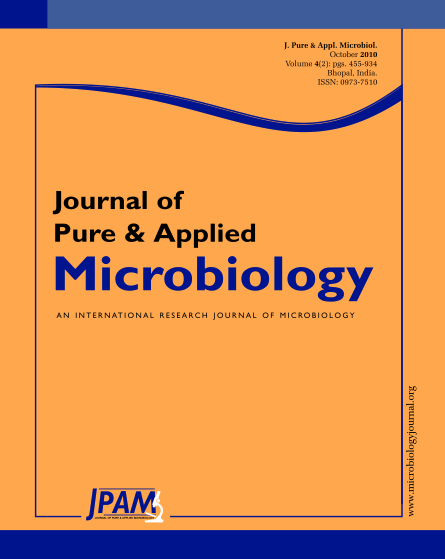Microorganisms are used in a number of ways to decontaminate polluted areas and stimulate the environment. The extensive industrial usage of chromium compound & subsequent release of effluent in the environment contaminates the ecosystem. Effluents or discharges from these industries have been found to contain high concentration of this metal. The isolation of chromium resistant bacteria and evaluation of their chromium detoxification are primary steps in developing bioremediation processes. Chromate resistance in bacteria is either chromosomal or plasmid determined. Plasmid borne chromate resistance has been found in many bacteria. In the present study chromate resistant bacteria is isolated from the tannery sites. The chromate reducing capacity of the isolates is studied along with their plasmid profile. Plasmid curing is done in all the isolates and their chromate reduction capacity is reviewed. We do conclude that chromate resistance in bacteria is plasmid mediated in the selected bacterial species.
Chromium, Plasmid, Bacteria and Curing
© The Author(s) 2010. Open Access. This article is distributed under the terms of the Creative Commons Attribution 4.0 International License which permits unrestricted use, sharing, distribution, and reproduction in any medium, provided you give appropriate credit to the original author(s) and the source, provide a link to the Creative Commons license, and indicate if changes were made.


